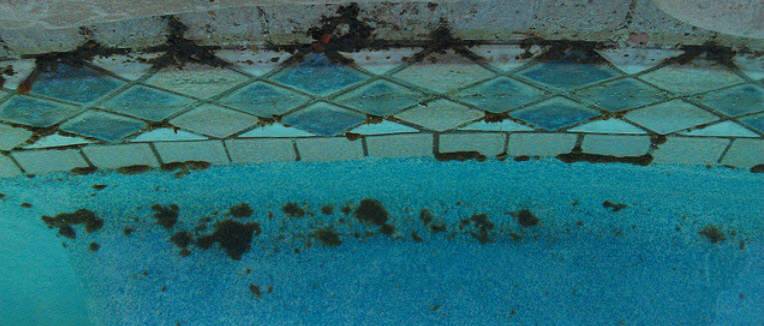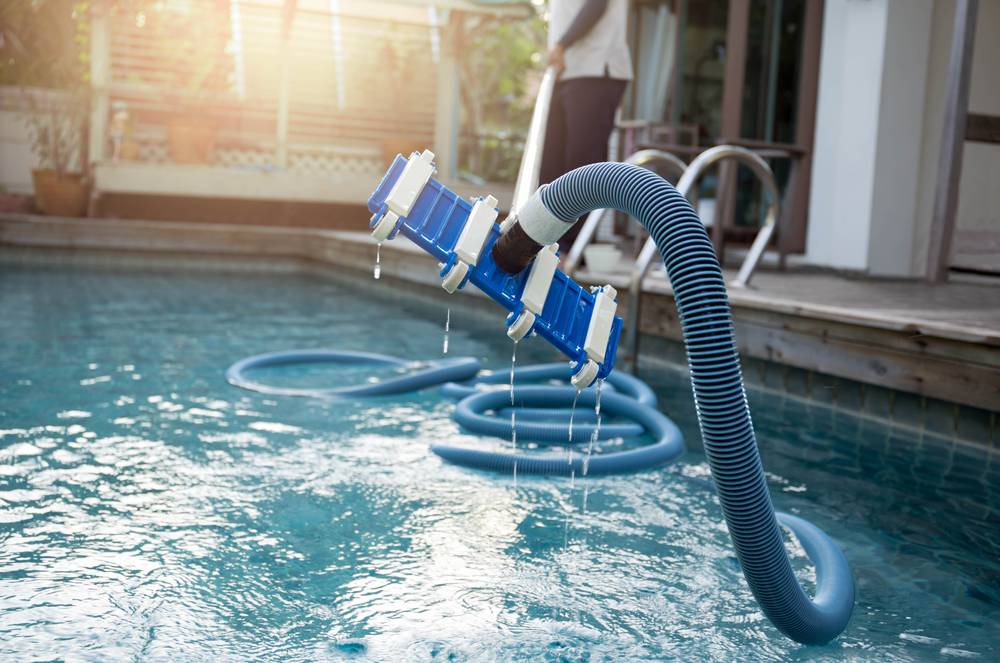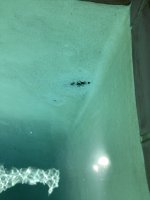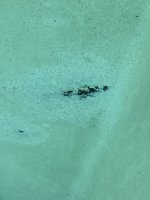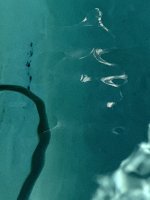Advice please,
I just treated my pool recently for yellow and black algae, ( Cynobacteria) as well as high phosphates. (Followed instructions from TFP pool school and used Orenda Pr 10,000 for phosphates as instructed on their website)
My FC is still coming down from the highs recc here for treating yellow algae. I retested my phosphates today using the AquaChek one minute Phosphate test and it is still reading in the High 200 level. I am disappointed due to hoping my phosphate level would read 0. I am trying to starve the black algae off and know it feeds on the phosphates.
My question is:
Do I retreat my pool with Orenda PR 10,000 until I finally get a 0 phosphate reading? Also should I be doing a monthly or weekly maintenance dose of Orenda PR 10,000 ? I get lots and lots of silt blown into our pool besides bugs... not too many leaves though.
Thank you
I just treated my pool recently for yellow and black algae, ( Cynobacteria) as well as high phosphates. (Followed instructions from TFP pool school and used Orenda Pr 10,000 for phosphates as instructed on their website)
My FC is still coming down from the highs recc here for treating yellow algae. I retested my phosphates today using the AquaChek one minute Phosphate test and it is still reading in the High 200 level. I am disappointed due to hoping my phosphate level would read 0. I am trying to starve the black algae off and know it feeds on the phosphates.
My question is:
Do I retreat my pool with Orenda PR 10,000 until I finally get a 0 phosphate reading? Also should I be doing a monthly or weekly maintenance dose of Orenda PR 10,000 ? I get lots and lots of silt blown into our pool besides bugs... not too many leaves though.
Thank you


 Let's be sure we're on the same page about a few things for best advice. You mentioned potentially having yellow (Mustard?) and Black algae. Did you first perform a
Let's be sure we're on the same page about a few things for best advice. You mentioned potentially having yellow (Mustard?) and Black algae. Did you first perform a 